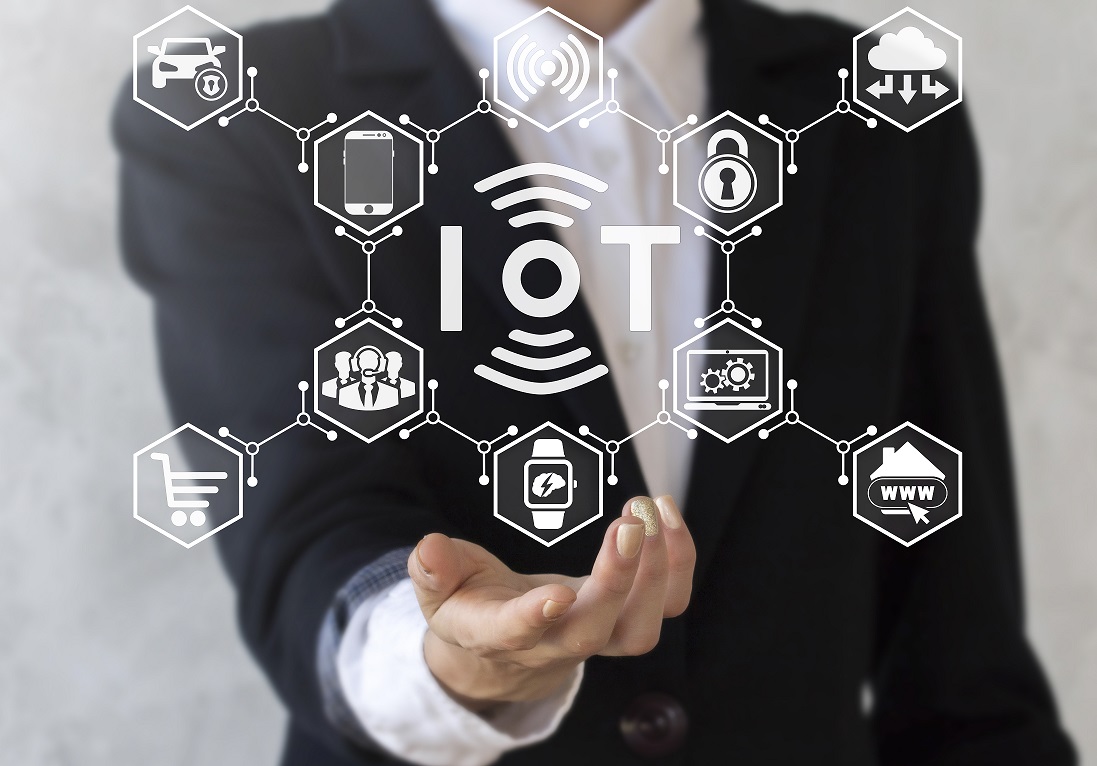Enterprises jump into the Internet of Things (IoT) bandwagon for the benefits on offer. The benefits realize only with successful implementation and management of the new system.
IoT goes much beyond traditional IT. IT is a part of a much wider stakeholder group, which includes operations, I&O, and others. Often, top management takes IoT decisions. The role of IT is to offer the technical advise that allows such decision-makers to make an informed decision.
The Major Stakeholders of Enterprise IoT
Successful implementation of IoT requires a holistic enterprise-wide approach. While the IT team of an enterprise has a good grip on traditional enterprise IT nodes, most endpoints in the IoT ecosystem fall outside its direct control. IoT extends to production systems, and even external products of the company. Control of such systems and endpoints rests with operations, product and other teams.
Often, the Infrastructure and Operations (I&O), lines of business (LOB), and core operations control IoT endpoints. Lines of business (LOB) teams focus on goal setting and resource allocation. Operations focus on product design and functionality.
Most IoT initiatives need the involvement of I&O at some level. But the exact role varies from enterprise to enterprise. In some enterprises, I&O has little involvement in IoT initiatives. In other enterprises, they play an active role in IoT implementation. In most cases, I&O provides integration, communications, analytics and the underlying infrastructure.
The IT team will have to forge an effective working relationship with I&O and any task-force set up for IoT implementation, to ensure seamless and secure IoT. The onus is on the IT team to enforce security compliance and ensure the technical integrity of IoT enabled endpoints.
Role of I&O in IoT Implementation

IoT implementation involves
- launching a pilot program
- fine-tuning the implementation based on the pilot program results
- orchestrating the full-scale implementation.
In several enterprises, I&O plays the role of the bystander, as enterprise IT takes the lead in IoT adoption, either alone or in collaboration with the operations team. In many organizations, the top management sets up a task-force with experts from different teams, including IT, I&O and operations. Such task-force leads the pilot, implementation and operation of the IoT initiative.
When I&O joins the IoT initiative, the IT team takes input from the I&O team to
- Justify the IoT implementation on business grounds
- Decide on the technical matters of the IoT implementation
- launch the IoT pilot program
- Implement the IoT initiatives, taking feedback from the pilot program.
Role of I&O in IoT Operations
The key operations task associated with IoT systems include:
- Managing endpoints
- Maintaining the edge infrastructure
- Integration of IoT with the enterprise network, servers and storage systems.
- Ensuring stable and seamless connection of enterprise resource with the IoT platform
Data analytics is a key activity in such tasks.
60% of IoT projects in an enterprise have nothing to do with I&O. But since I&O is close to the IoT endpoints, more and more enterprises co-opt their I&O teams in launching, implementing, and operating enterprise IoT. Gartner estimates 40% of I&O teams to have such roles by 2020. This is a big jump from only 5% of I&O teams performing such roles in 2018.
Even when I&O does not play a lead role in the implementation of IoT, it may still have a role in operating the post-pilot IoT implementation. In many enterprises, especially enterprises with large and stretched out networks, IT may not have the resources to directly monitor and manage the IoT endpoints. Here, I&O being directly in the “line of fire,” or having their field of activity in the operational area, pairs with IT, or works as a category of IT to take care of such IoT operational activities. The prerequisite for success is a robust and seamless collaborative mechanism, where the IT team and I&O can exchange real-time information and inputs regarding the state of the IoT network. IT dons the hat of an “internal consultant” or resource to the “I&O foot-soldiers” in such a set-up.
Key Challenges
The implementation and management of IoT raise complex challenges. Success depends on identifying such challenges and working out resolutions.
Traditional I&O focused on engineering and operations. I&O’s involvement in IoT means new roles that force it into unfamiliar tasks. With IoT a nascent technology, everything I&O does with IoT is new and unaccustomed.
I&O’s involvement in IoT places it in another unfamiliar role of supporting cloud services. When I&O supports aggregation, customization, integration and governance of cloud-based IoT services, they face the challenge of keeping cloud costs in check.
Traditional I&O worked in isolation. Digital initiatives need a different strategy. The more digital and business-focused IoT forces I&O to have higher involvement with other business teams. Success especially depends on I&O teams seeking inputs from the IT team on a live basis.
Gartner expects I&O leaders to be up to the challenge. 80% of leading I&O teams will devise I&O strategies for artificial intelligence and IoT by 2020. IoT projects offer I&O leaders a place to test their new strategies and prove its worth to the business.
IoT represents a shake-up of the traditional infrastructure. New-gen technology requires a collaborative approach. IoT heralds a new digital business ecosystem where the IT team works closely and often gets things done, through IoT, operations, and other teams.











